#ephemeral wildflowers
Explore tagged Tumblr posts
Text



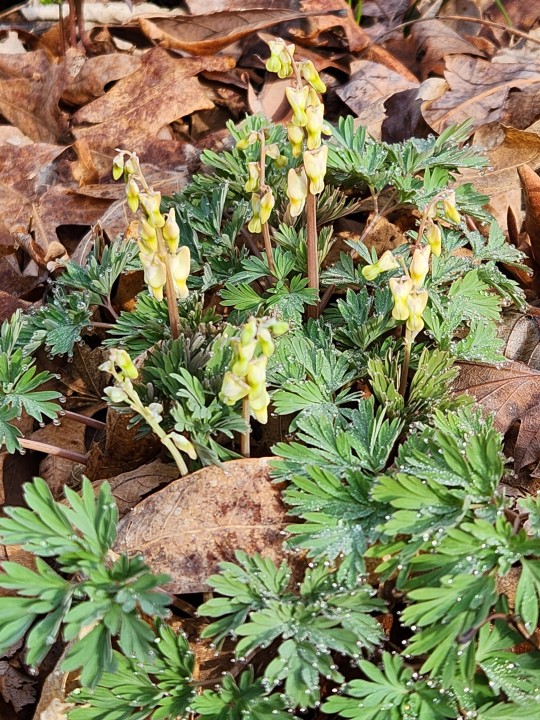

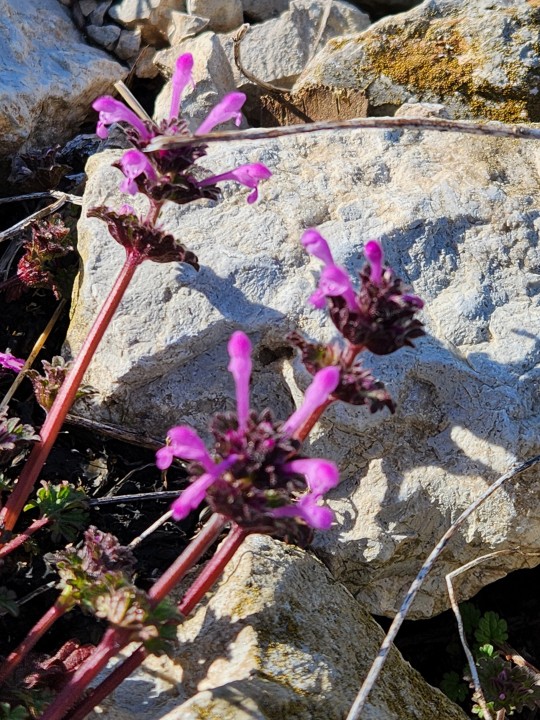

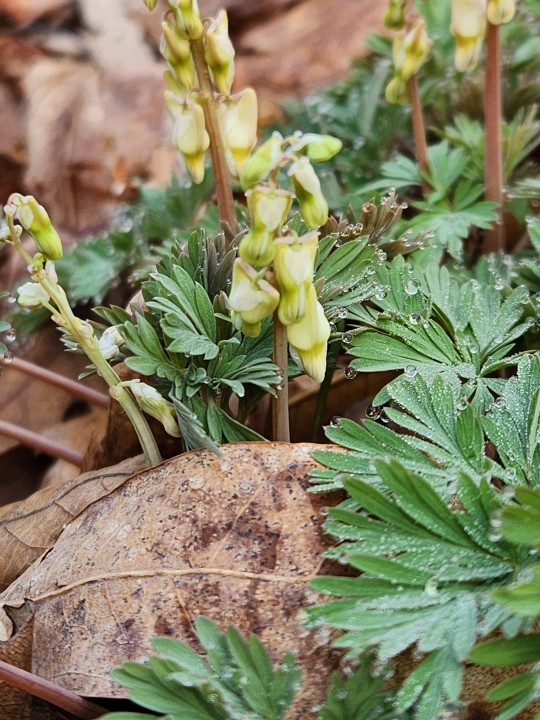
Ephemeral spring wildflowers, my beloved
#wildflowers#spring wildflowers#ephemeral wildflowers#spring beauties#bloodroot#dutchman's breeches#lamb's ears#henbit
27 notes
·
View notes
Text
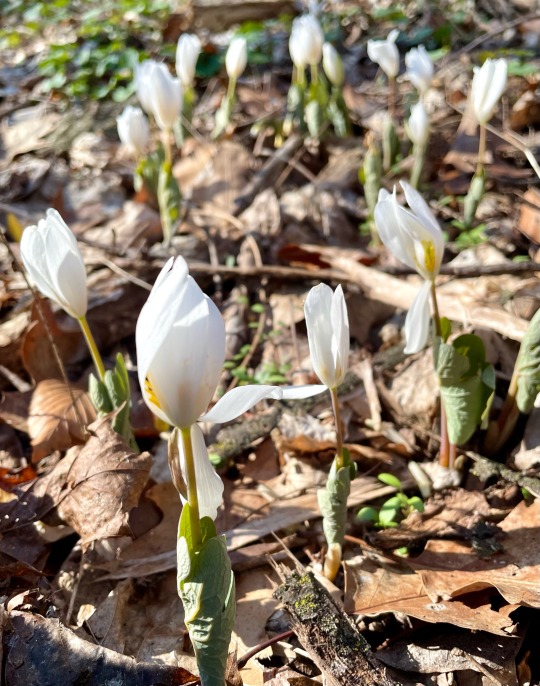
Hey Mom, just in case you can see Tumblr from wherever you are in the afterlife, if there is one, I’m still going out to woods in spring looking for bloodroot all these years later thanks to you! ❤️
#pennsylvania#flowers#wildflowers#native wildflowers#bloodroot#spring ephemerals#sanguinaria canadensis#march#springtime
645 notes
·
View notes
Text

Dwarf Larkspur
Delphinium tricorne

A favorite of hummingbirds and butterflies when it blooms. This spring ephemeral is native to the central and eastern United States. The flowers can range in color from white to all shades of purple.
April 12th, 2023
St. Louis County, Missouri, USA
Olivia R. Myers
@oliviarosaline
#botany#plants#flowers#Delphinium tricorne#delphinium#ranunculaceae#larkspur#fairycore#cottagecore#forestcore#naturecore#the ozarks#Missouri#nature#woods#forest#hummingbird flowers#purple#purple flowers#violet#wildflowers#native plants#native flowers#plant photography#flower photography#nature photography#exploring#hiking#missouri nature#spring ephemerals
40 notes
·
View notes
Text
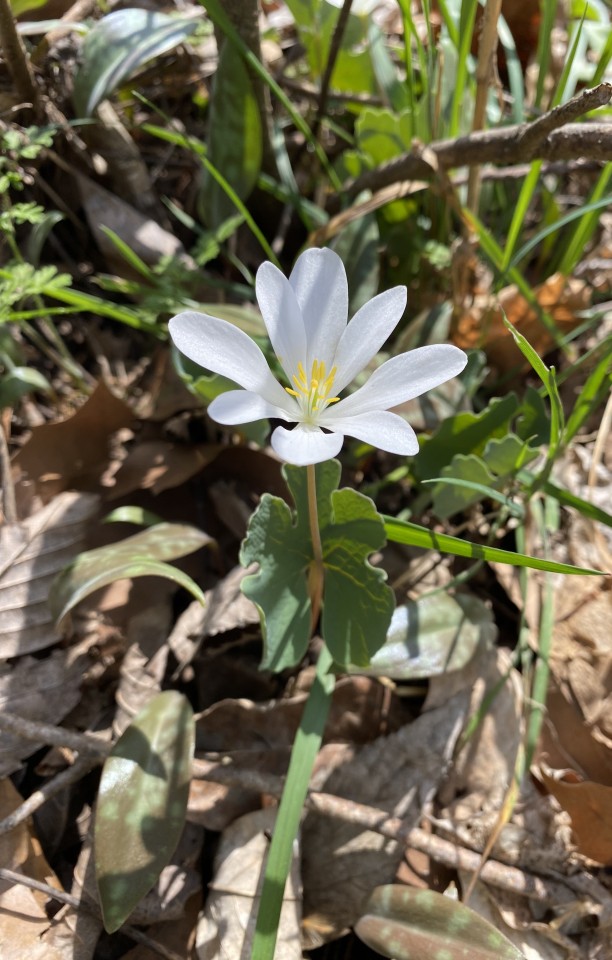


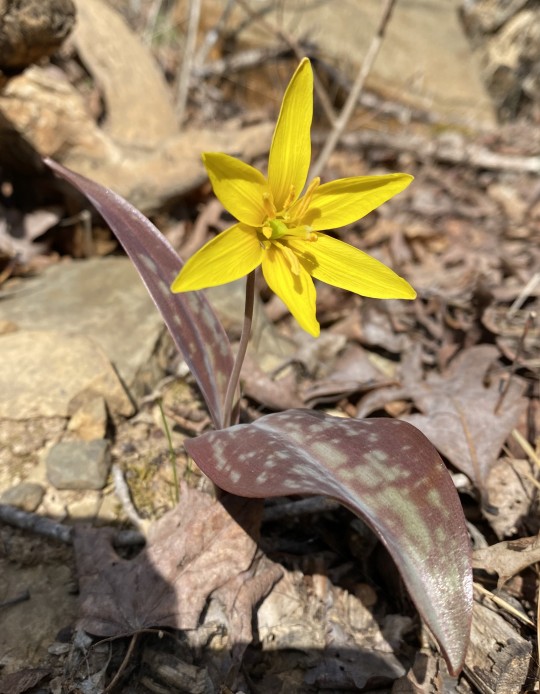
Spring hiking around northern Arkansas. I haven't been out hiking much this year yet, but hopefully I'll manage to get out more at the end of April to catch some more spring wildflowers.
#botany#biology#ecology#wildflowers#hiking#arkansas#spring ephemerals#trout lily#moss#lichen#bloodroot#sanguinaria canadensis#micranthes palmeri#palmers saxifrage#erythronium rostratum
31 notes
·
View notes
Text
Virginia Bluebells (Mertensia virginica)
Blue flowers are relatively rare. Most incline to violet or else are quite small. But Virginia bluebells are a striking exception. All my photos from my garden, unedited.
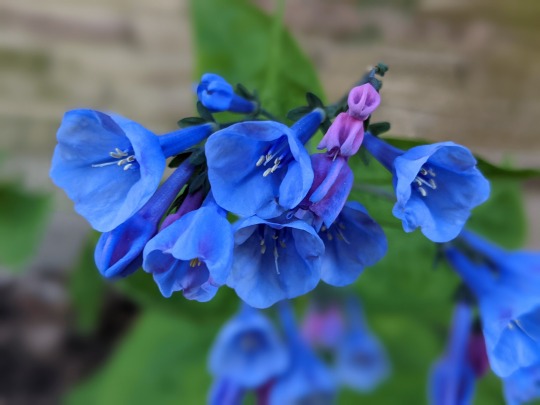

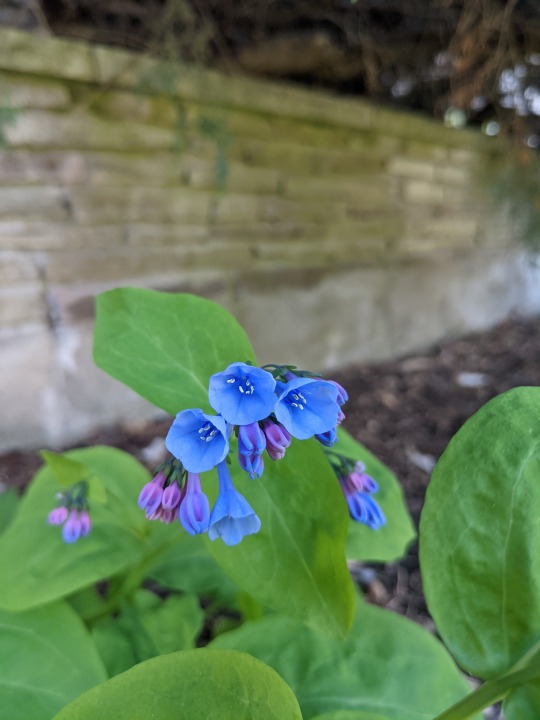
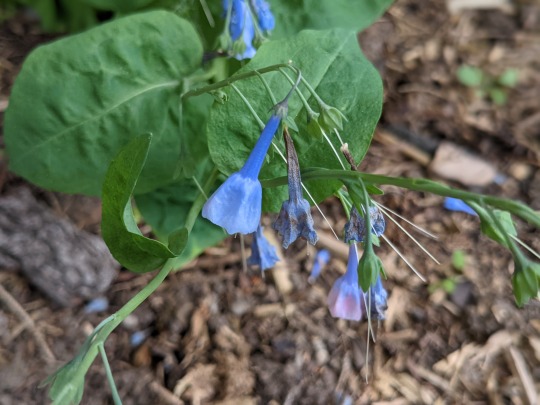
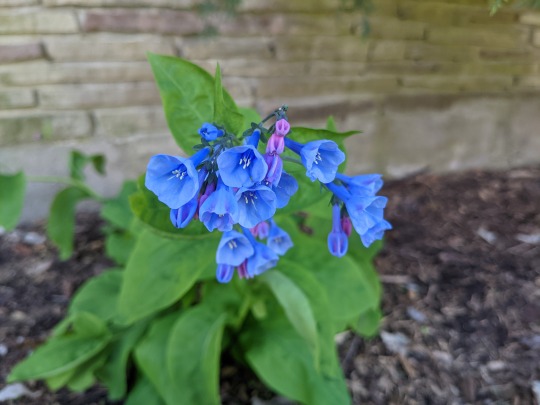

I'm not kidding. They really are that blue naturally. They bloom in May. Then they slowly decline and the entire plants are gone above soil by the summer. Only to reappear the following spring! The shoots and flower buds are edible. You don't want to take too much, though. As spring ephemerals, they need the energy they make with their leaves during their short growing period. The short bloom period is also why I don't have more photos of them. They don't even bloom every year.
#photography#my photos#blackswallowtailbutterfly#Virginia bluebells#Mertensia virginica#flowers#blue flowers#wildflowers#gardening#native species#North American native plants#edible wild plants#my garden#native plants of Ontario and the northeastern USA#spring ephemerals
23 notes
·
View notes
Photo
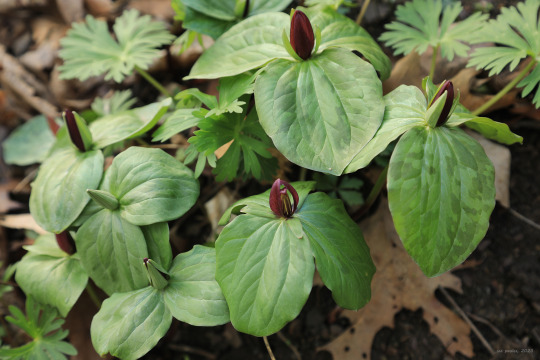

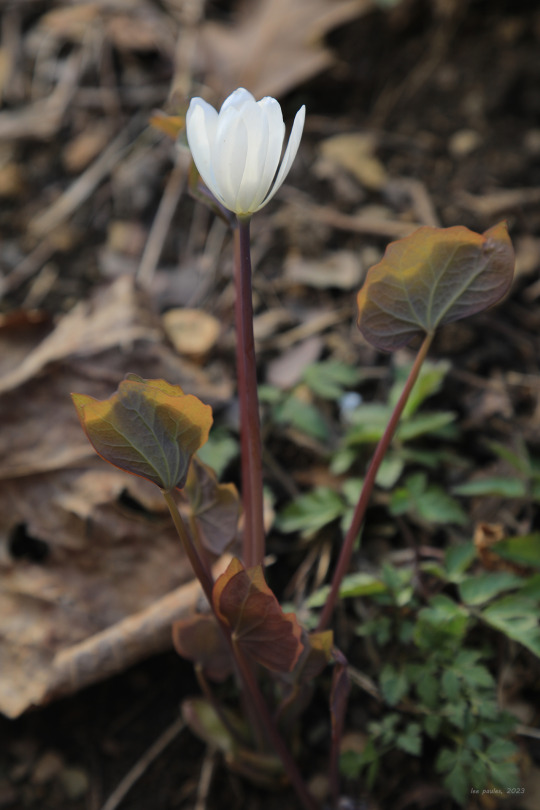
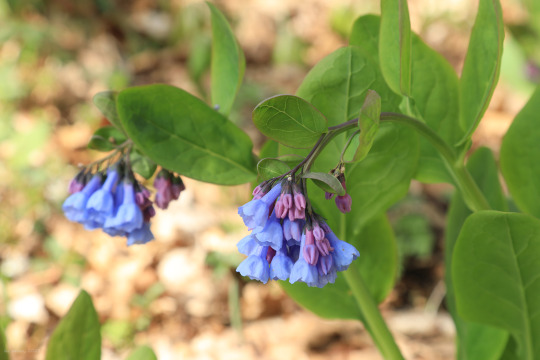




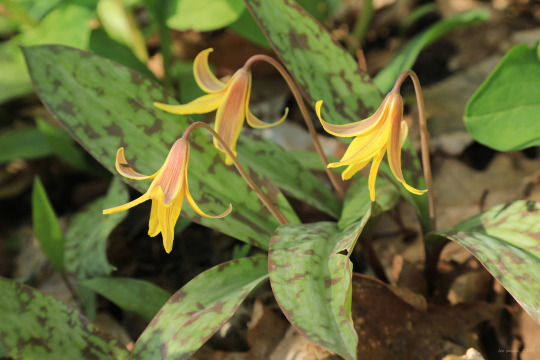

A few more treasures from my hike this past weekend in Core Arboretum. I’ve posted detailed descriptions of these ephemerals in the past. So if you want to learn more about these wildflowers, go to my main blog page and search on the plant's common name. You’ll also be rewarded with higher resolution photos. :-)
From top: sessile trillium (Trillium sessile); dwarf larkspur (Delphinium tricorne); twinleaf (Jeffersonia diphylla); Virginia bluebells (Mertensia virginica); Virginia spring beauty (Claytonia virginica); harbinger of spring (Erigenia bulbosa); cutleaf toothwort (Cardamine concatenata); Dutchman’s breeches (Dicentra cucullaria); yellow trout lily (Erythronium americanum); and great white trillium (Trillium grandiflorum).
#appalachia#vandalia#west virginia#spring#early april#wildflowers#spring ephemerals#core arboretum#sessile trillium#dwarf larkspur#twinleaf#virginia bluebells#virginia spring beauty#harbinger of spring#cutleaf toothwort#dutchman's breeches#yellow trout lily#great white trillium
125 notes
·
View notes
Text







Spring ephemeral collection: red trillium, primrose, white bleeding heart (never seen these white!), wild violet, red columbine, jack in the pulpit, woodland forget me nots.
7 notes
·
View notes
Text
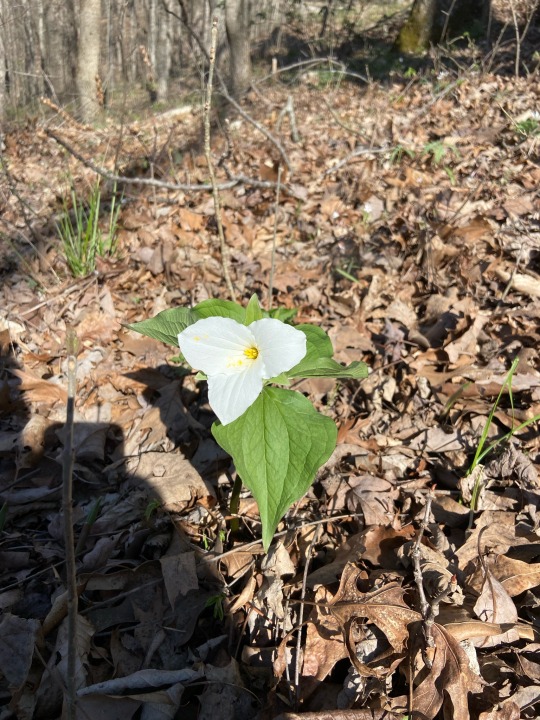
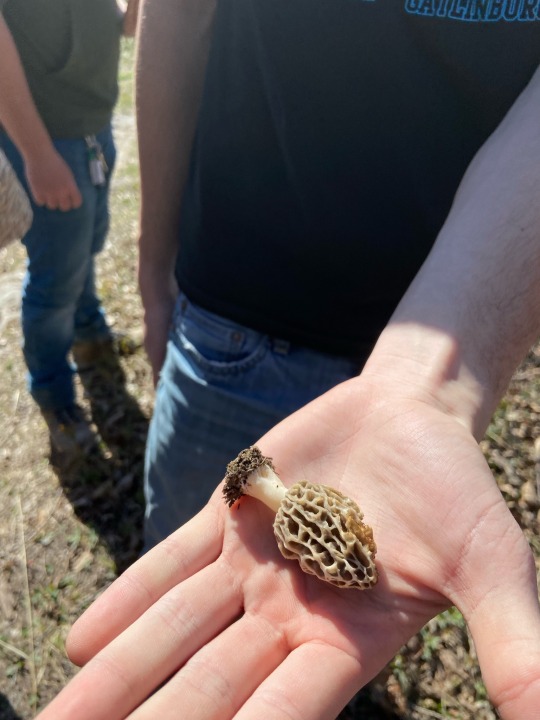
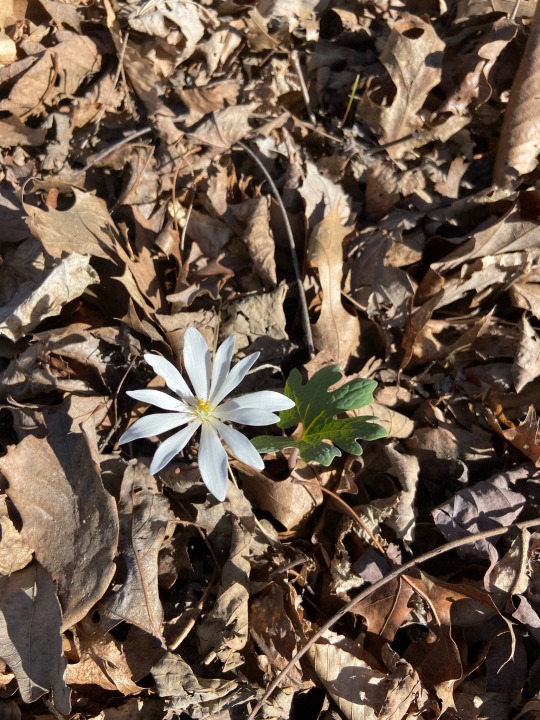
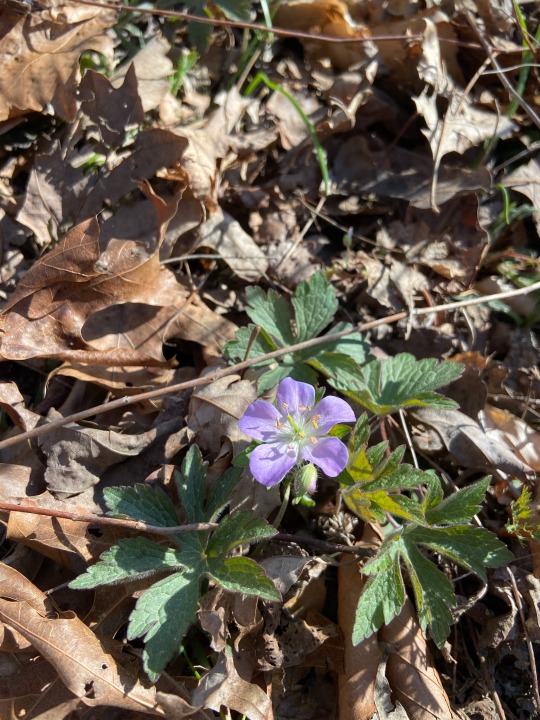
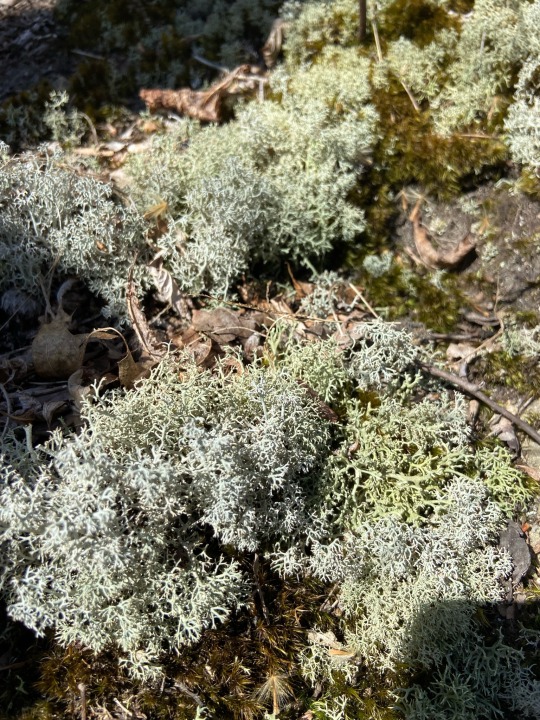
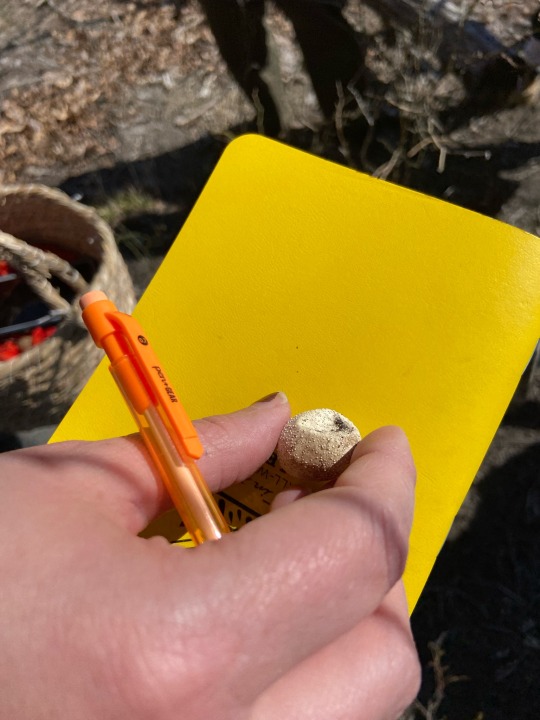
Today’s highlight finds in class:
White Trillium, Trillium grandiflorum.
Yellow morel, Morchella esculenta.
Bloodroot, Sanguinaria canadensis.
Wild Geranium, Geranium maculatum.
Grey and Dixie reindeer lichens, Cladonia rangiferina and Cladonia subtenuis, respectively.
Mystery reptile egg, most likely a snake or a turtle’s.
#nature#hike#spring#springtime#spring ephemerals#spring flowers#wildflowers#mycology#mushrooms#mushroomcore#foraging#wild edible plants#yellow morel#morel#edible mushrooms#lichen#reindeer lichen#gfdelmar og
62 notes
·
View notes
Text

Lots of rue anemones on my hike today. They are such lovely native spring flowers.


#spring flowers to cure my seasonal depression#nature photography#phone photography#original photography on tumblr#forest#hiking#wildflowers#spring ephemerals
7 notes
·
View notes
Text

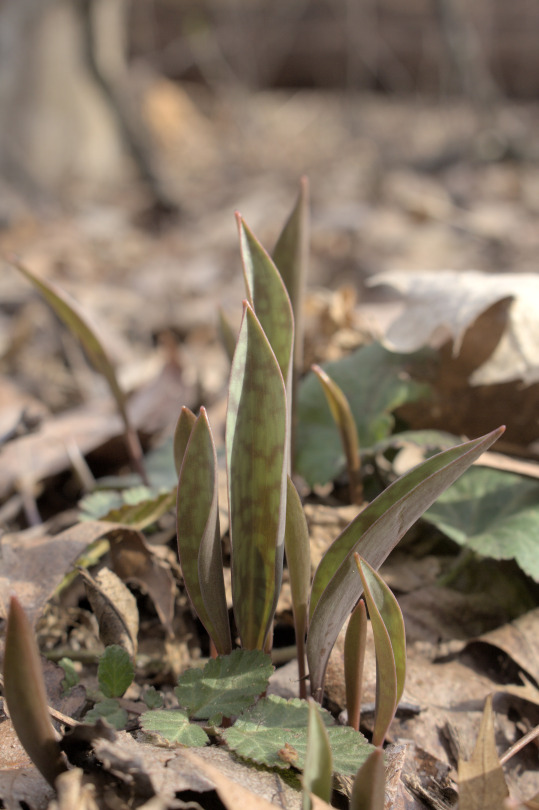
Time for the most exciting treasure hunt in the eastern United States - trying to catch all of the spring ephemeral woodland wildflowers as they bloom! Yesterday I saw my firsts of the year - Dutchman's breeches and trout lily.
Patreon | YouTube | Twitter | Shop
41 notes
·
View notes
Text

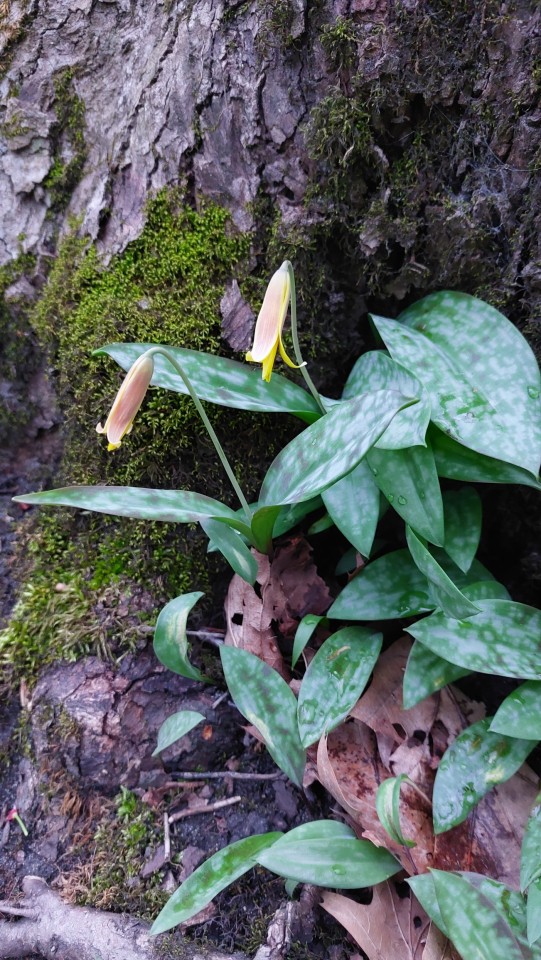
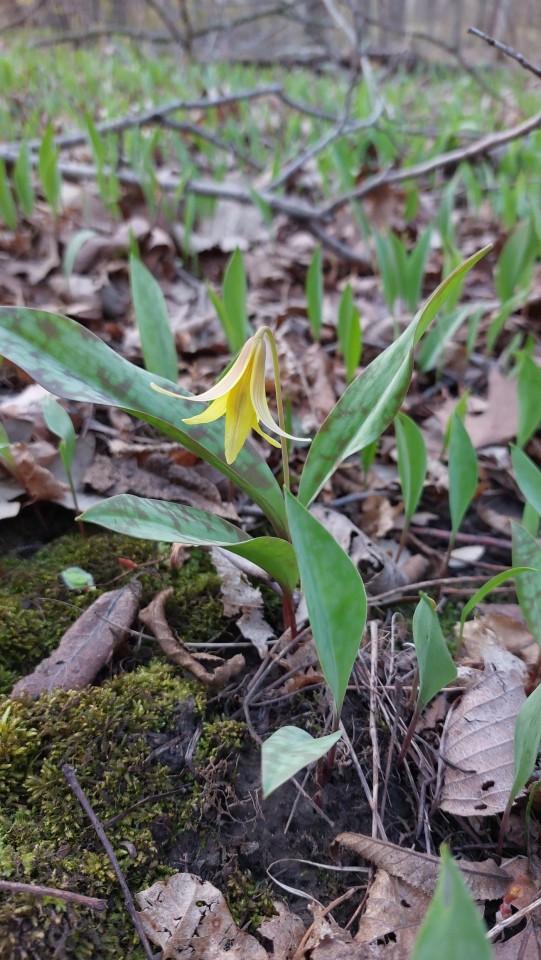
it is time to start wildflowerposting again; here are some lovely trout lilies from last week
35 notes
·
View notes
Text


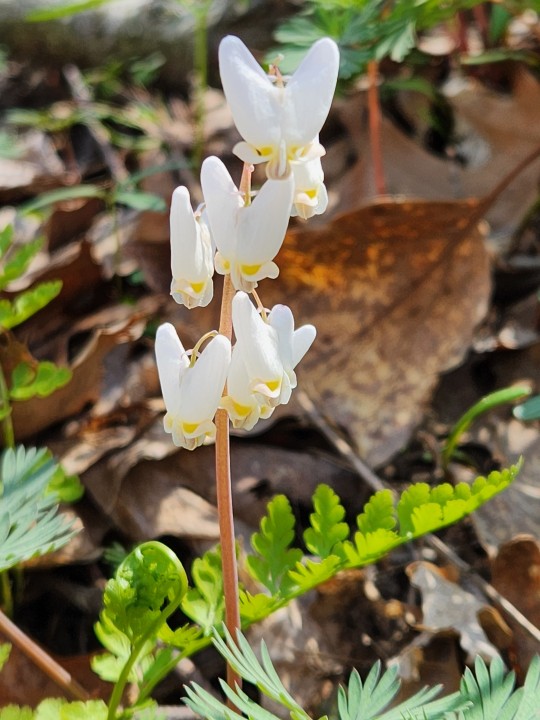
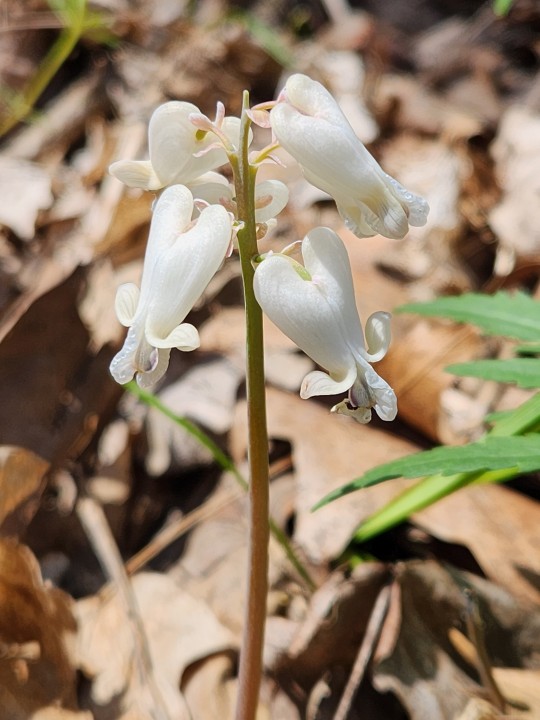

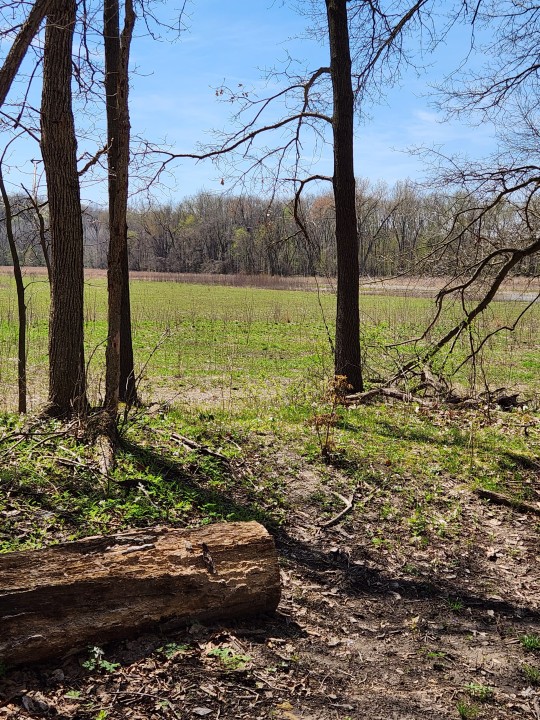
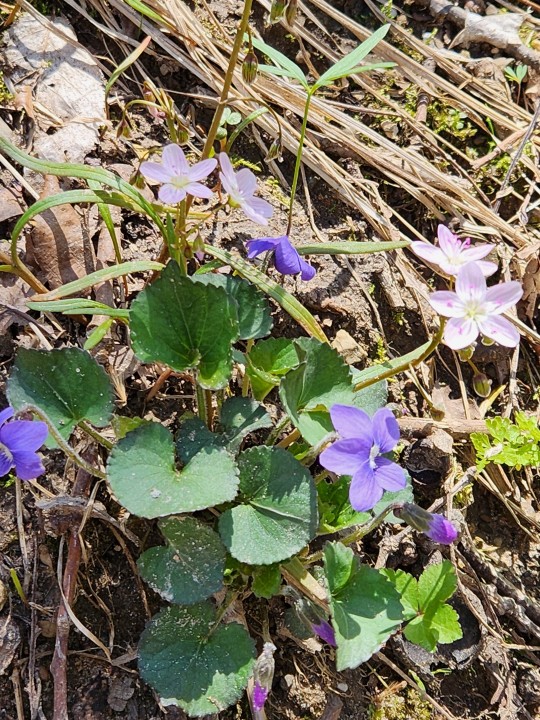


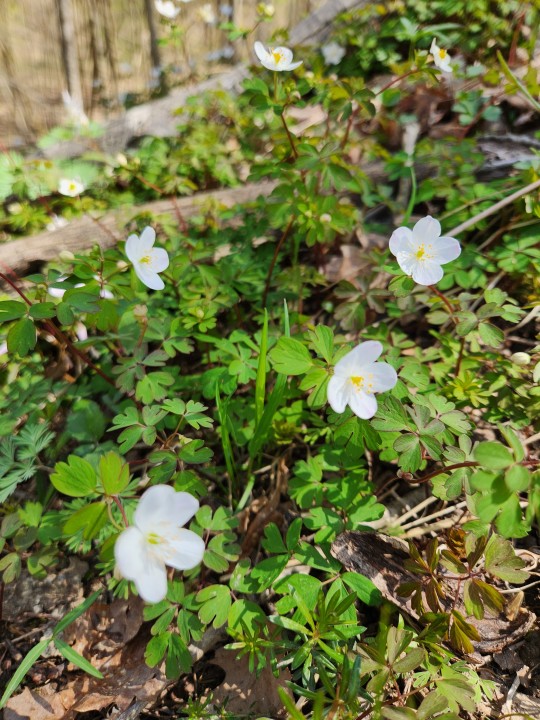
Took the kids and dogs on a hike at one of the best trails for spring wildflowers I've ever found. Still a little too early for trillium but lots of spring beauties, dutchmans britches, squirrel corn, false rue anemone, violets, and trout lilies. We even saw the first of the woodland phlox blooms! And 10yo found a caterpillar!
#trail dogs#hiking#dogs#german shepherd#white german shepherd#zella#sven#spring flowers#ephemeral wildflowers#wildflowers
0 notes
Text
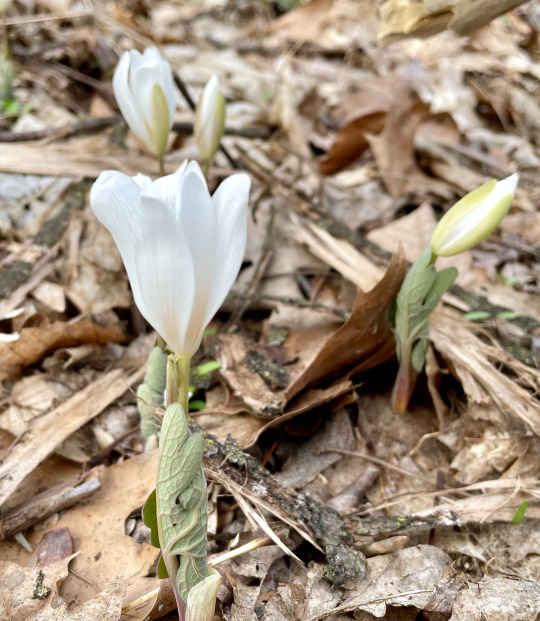
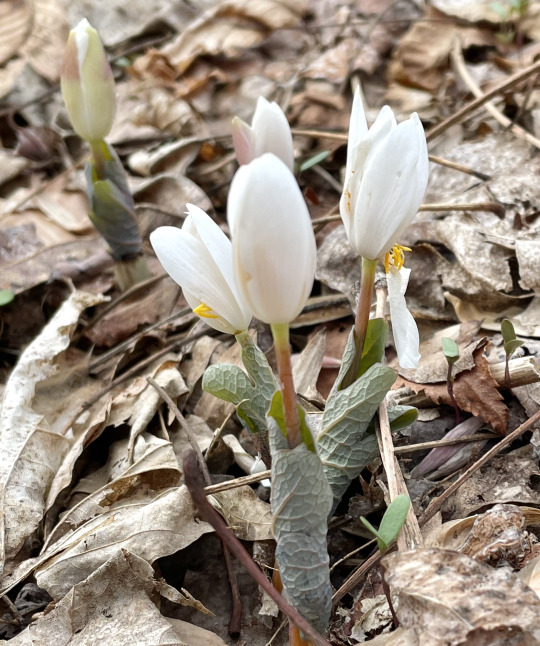


Bloodroots! I didn't expect this or I would have visited there yesterday when it was sunny and they would have been open. I thought it was too early . Now I have to wait through a couple days of rain and see how many are still blooming. They call them spring ephemerals for a reason.
#pennsylvania#flowers#wildflowers#sanguinaria canadensis#plants#plantblr#bloodroot#march#spring ephemerals#springtime
519 notes
·
View notes
Text


Largeflower Bellwort
Uvularia grandiflora
Also known as Merrybells, this stunning spring ephemeral in the lily family is found in woods throughout central and eastern North America. Native Americans traditionally used this species as a remedy for certain skin conditions.
April 12th, 2023
St. Louis County, Missouri, USA
Olivia R. Myers
@oliviarosaline
#botany#Uvularia grandiflora#uvularia#Colchicaceae#bellwort#bellworts#largeflower bellwort#liliales#monocots#the ozarks#ozarks#nature#woods#forest floor#forest#plants#native plants#native flowers#spring#spring ephemerals#fairycore#fairy core#naturecore#forestcore#yellow flowers#Missouri#Missouri nature#hiking#exploring the woods#wildflowers
26 notes
·
View notes
Text












A very wet and muddy spring hike at the end of April 2024. Ozark-St. Francis National Forest in Arkansas.
#botany#biology#ecology#wildflowers#hiking#arkansas#magnolia#trees and forests#waterfall#trillium#azalea#rhododendron#mayapple#larkspur#delphinium#spring ephemerals#spring#rainyday#Ozarks
12 notes
·
View notes
Text
This tiny flower teaches us all we need to know about growing old. (Washington Post Opinion)

For most of my life, I marked the progress of spring by its blooms. First came the crocuses of February and the daffodils of March, followed, in quick succession, by the tulips and hyacinth, the lilac and flowering cherry and the saucer magnolias. Later, the azaleas would explode in a pink and red riot — and, before long, the peonies would unfurl to proclaim the approach of summer. Each arrival announced itself with a spectacular burst of color and, often, a sweet perfume that filled the yard.
But lately I’ve come to share the view of Wendy Cass, the head botanist at Shenandoah National Park, when she sees a waving clump of daffodils.
“Boring,” she says.
What I had been watching all those years was spring as humans made it. This year, I’m experiencing spring as God made it.
Those tulips, lilacs and all the rest were imported from Europe and Asia, curated and genetically manipulated by humans so they would grow with no effort and display improbably sweet and showy blooms. They are beautiful, no question, and I will always smile when I see a host of golden daffodils as Wordsworth did, “Beside the lake, beneath the trees/ Fluttering and dancing in the breeze.”
But this year, I’ve instead been walking in the still-bare forest and looking for Dutchman’s breeches.
In case you are wondering why some European left his pants in the woods, let me explain that the Dutchman’s breeches is my new favorite flower. Its bloom, just a half-inch tall, looks like an upside-down pair of white pantaloons, belted at the waist with a yellow rope. Native to this part of the eastern United States, it’s one of the first wildflowers of spring, popping up in late March or early April, flowering for a couple of weeks and disappearing as quickly as it came. Its entire growing season — from the time its first green shoot emerges from the earth to the moment its last bit of green foliage dies for the year — is just a couple of months.
Yet so much life comes from those delicate trousers. It’s one of the first foods in the forest after a long winter, and a crucial bit of sustenance for the queen bumblebee. When she emerges from her overwintering nest in the ground (the other bees die during the winter), she stretches her long tongue into the Dutchman’s breeches to reach its nectar, which nourishes her as she lays the eggs that will replenish the colony with the next generation of workers.
The Dutchman’s breeches are part of a class of plants felicitously known as “spring ephemerals.” They appear on the forest floor before the trees have leafed out, taking advantage of the sunlight. They flower, go to seed and die back within just six to 12 weeks. These are flowers you generally won’t find at florists: They are bluebells and bloodroot, trout lilies and toothwort, spring beauties and rue anemone. They are joined by other flowers that, while not “true” ephemerals (their foliage lasts a bit longer), generally share the same category: the great white trillium, hepatica, star chickweed and mayapple.
They are notoriously difficult to cultivate, hard to transplant and even harder to grow from seeds. It can take seven years from the time a trillium seed is planted to the appearance of just one of its three-petal flowers. Ephemerals are finicky and fussy plants, growing only in forests and typically near streams. They aren’t as bold and colorful as garden-variety flowers, and most don’t even have a scent. You won’t spot spring ephemerals from your car window with an “ooh” and an “ah.” To find them, you have to go on a treasure hunt in the forest. Their flowers can be tiny — sometimes just a millimeter or two — and you could easily miss them if you don’t look carefully.
That is just the point.
4 notes
·
View notes